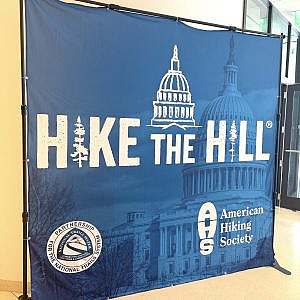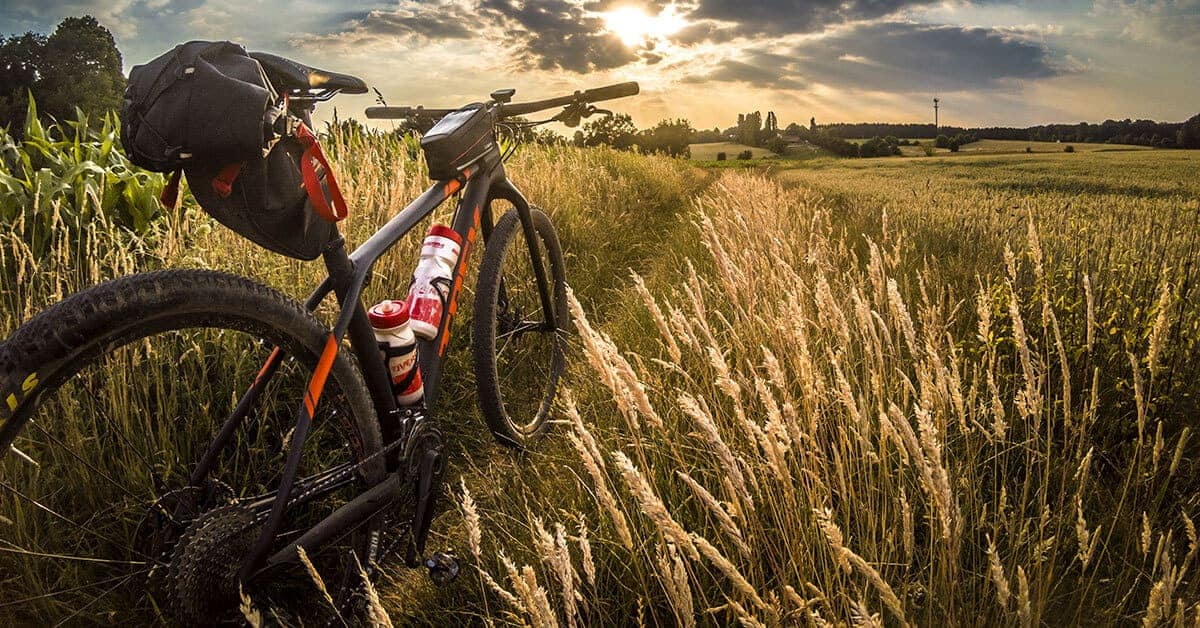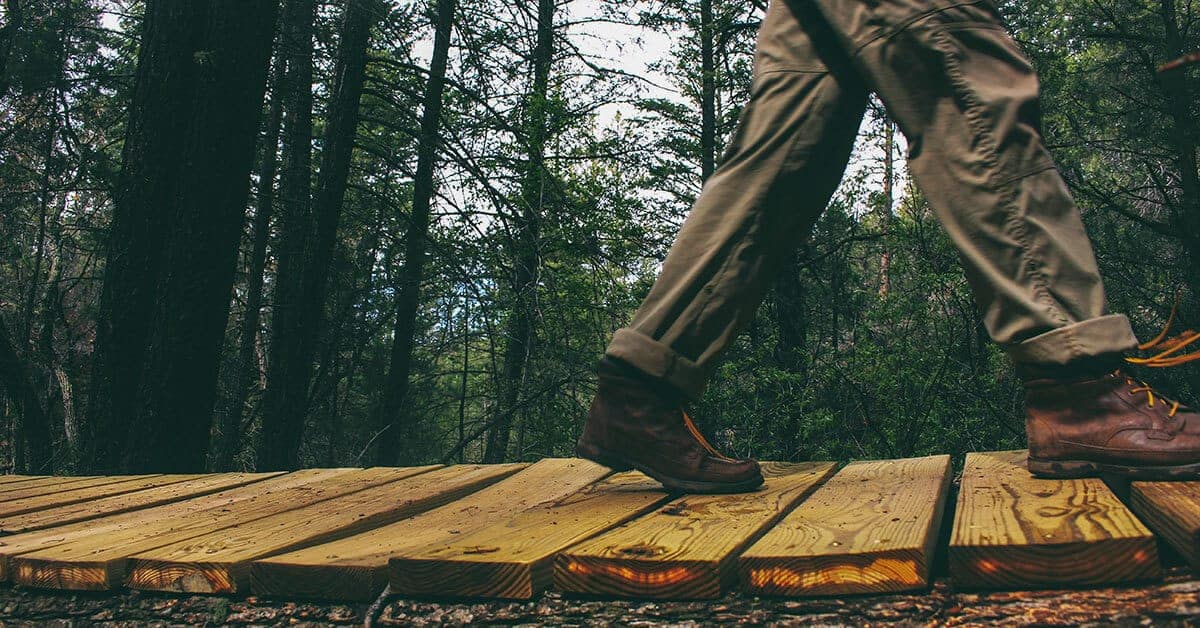Since 1976, American Hiking has worked with Congress, federal agencies, and many recreation and conservation partners on policy issues and legislation to ensure funding for trails, preservation of natural areas, and protection of the hiking experience.
Advocacy News
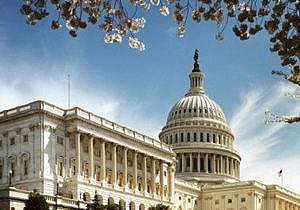
American Hiking Society Testimony for Senate Interior Appropriations FY21 Funding
AHS and Trails Move People outside witness testimony to Senate Interior Appropriations Subcommittee for FY21 Appropriations.

Recreation Community Urges Forest Service Inclusion in Restore Our Parks and Public Lands Act (H.R. 1225)
The undersigned recreation groups and businesses thank you for your attention to the maintenance backlog affecting the U.S. Forest Service (USFS), and strongly urge the agency’s inclusion in the Restore Our Parks and Public Lands Act (H.R. 1225).
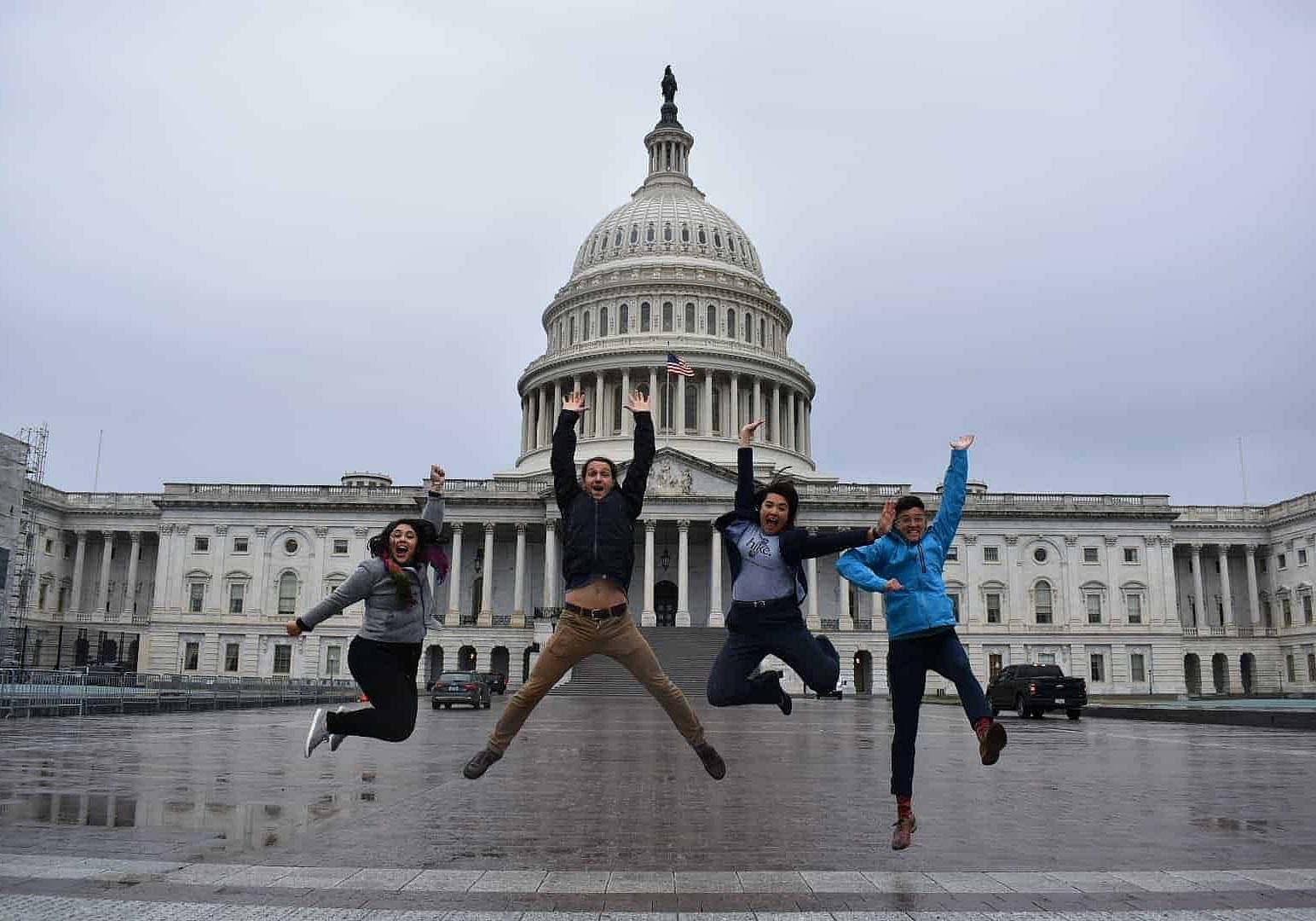
Hike the Hill 2020 Urges Action on Outdoor Access, LWCF, Public Lands Maintenance, and Trails
This February, over 120 advocates laced up their boots and hiked the halls of Congress to call for action to protect and expand access for all to public lands and trails.
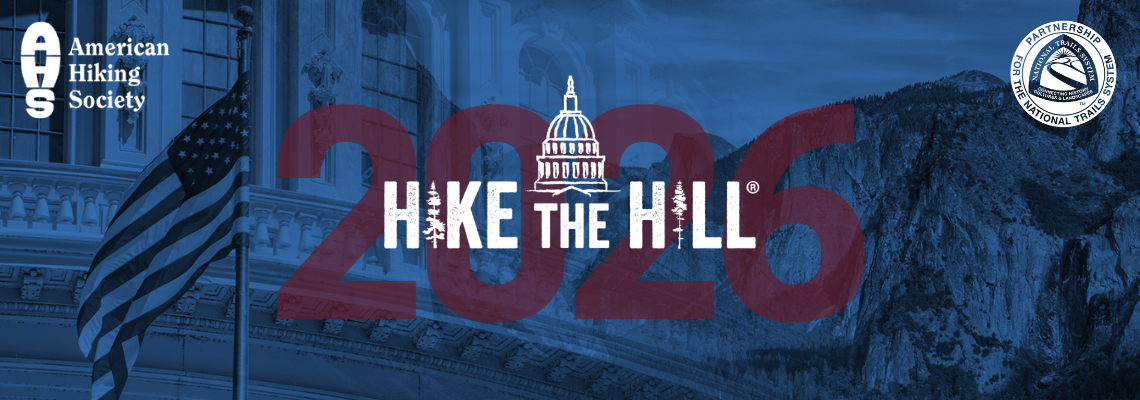
Registration is now open for Hike the Hill® 2026!
Virtual Issue Briefings February, 9-11, 2026
Issue Briefings Presented in Partnership with American Trails
In-Person Hike the Hill® in Washington, DC March 1-5, 2026
Celebrating its 29th year, Hike the Hill® is a joint effort between American Hiking Society and Partnership for the National Trails System to bring together the trails community to advance shared trail priorities with congressional and federal agency leaders including: trails funding, public lands management and conservation, and reauthorizing the National Parks and Public Lands Legacy Restoration Fund.
In 2026 the trails community faces a continued sense of urgency. It is paramount that the trails community’s voice is heard by attending in-person to strengthen key relationships and demonstrate the importance and value of trails.
Schedule of Events
February 9-11 Virtual Issue Briefings
March 1-5 In-Person Hike the Hill®
Sunday, March 1
1pm-3pm Welcome and Strategy Session
Monday, March 2
Department of the Interior Group Meetings (Requested)
Tuesday March 3
9am-5pm USDA Forest Service Group Meetings (Requested)
5:30-7:30pm REI Trails Celebration
Wednesday, March 4
Congressional Meetings (Group and Individual)
Thursday, March 5
Congressional Meetings (Group and Individual)
*Registration does not guarantee a speaking role or attendance in group meetings. Participation may be limited due to capacity, issue focus, or any other reason.
Registration Types
In- Person Hike the Hill® - $150
- Sunday Welcome and Strategy Session
- REI Trails Celebration on Tuesday, March 2 from 5:30-7:30pm (Light Refreshments Included)
- Hike the Hill® Issue Briefing Participation (Live and Recording Available)
- Lunch on Monday if attending Department of Interior Meetings
- Hike the Hill® Branded Advocacy Materials for Congressional Meetings (Talking Points, Fact Sheets, and Leave Behinds)
- Access to Congressional Staff Contact List
- Training Session and Resources on Running an Effective Congressional Meeting
- Group meetings with congressional committees and agency staff.
- (Registration does not guarantee a speaking role in group meetings. Participation may be limited due to capacity, issue focus, or any other reason.)
- Individual Congressional Office Meetings (scheduled on your own) as part of the collective Hike the Hill® effort.
- Local Issue Briefing Resources for when you return home
Local/Virtual Hike the Hill® Participation- $40
Unable to attend in-person or prefer a virtual option? Local/Virtual registration is a great value that provides access to exclusive training and resources for local meetings and issue briefings from advocacy experts.
-
- Hike the Hill® Issue Briefings (Live and Recording Available)
- Training Session and Resources on Running an Effective Virtual or Local Meeting
- NEW Hike the Hill® Branded Advocacy Materials for Congressional Meetings (Talking Points, Fact Sheets, and Leave Behinds)
- No Group Meeting Participation is Available for Virtual Participants
- Individual registration is not shareable
Registration is non-refundable after February 13, 2026
Host Hotel- Hilton Garden Inn US Capitol (NoMA)
Room Block Deadline is February 6, 2025
The Hilton Garden Inn- US Capitol (NoMA) will serve as the Hike the Hill® host hotel. We have secured a room block for $179/night (Single) plus tax and fees. Hilton Garden Inn US Capitol (NoMA) is conveniently located 1-minute from the NoMa Metro Station (Red Line) and a short walk from the REI DC (hosting the Trails Celebration). The hotel has many dining options onsite and nearby, space to gather with fellow attendees, and a business center. A grocery store and Starbucks are also next door. Standard rooms are 336-384 sq. ft. and include a desk, microwave, refrigerator, and tv.
Please note: While nearby this is a different hotel than last year.
Hotel Address: 1225 1 St. Street NE Washington, District Of Columbia 20002
Check-In: 4pm
Checkout:12pm
Reservation Link or Call the Hotel Directly at 202-408-4870 and reference “American Hiking Society”
If this is your first Hike the Hill®, you haven't attended in a few years, or are looking to return to Washington, DC, we encourage you to join us in 2026!
Please reach out to Tyler Ray, tray@americanhiking.org or
Cara Yendrzeski, cara@pnts.org with any questions.
American Hiking works on a range of issues that affect public lands, hiking, and trails. The links below include information about a variety of policies, bills, and issues that have immediate or significant impacts on trails and the hiking experience. Do you have questions or suggestions about issues that affect the hiking experience? Email us!
The nearly 1,000,000 square miles that comprise U.S. public lands are our most treasured natural resource. Whether you’re a hiker enjoying the 193,500 miles of trail or one of the total 145 million recreation users, these lands are of enormous personal value to you. Public lands are also an economic driver for the recreation economy, generating 508,740 jobs and an economic output of $52 billion each year
The most pressing threats to public lands protections include shrinking National Monuments and expanding energy development. Such erosions, rather than expanding access, usually deprive hikers, anglers, hunters, campers, and all other permitted users the opportunity to enjoy their desired form of recreation, and, at best, obstruct views and generate noise and air pollution.
Legislation
Land and Water Conservation Fund (LWCF)
The Land and Water Conservation Fund (LWCF) is America’s most important program to conserve irreplaceable lands and improve outdoor recreation opportunities throughout the nation. The program has funded nearly one thousand trail projects and thousands of other projects ranging from National Parks, Forests and Wildlife Refuges to community parks and ball fields in all 50 states. Legislation is pending in Congress to permanently reauthorize and provide dedicated funding to the program.
Addressing Maintenance Needs on Public Lands
Our public lands are facing a $21.5 billion and growing maintenance backlog. When annual maintenance needs go unaddressed, long-term problems arise, impacting the public’s ability to access outdoor recreation. Closed trails, out-of-service restrooms, campgrounds in poor conditions, and impassable roads are only a few of the barriers that hikers face. Currently 193,500 miles of trails on federal lands need $1.71 billion of estimated maintenance.
Protecting Against Amendments to the Wilderness Act
Efforts to amend the Wilderness Act threaten the continued protection of our most untouched and wild lands. American Hiking Society opposes the use of mountain bicycles in designated wilderness areas and areas under consideration for wilderness designation.
Completing our National Trails System
Celebrating the 50th Anniversary of the National Trails System and realizing the goal to achieve a completed and connected system is just as important today as when the law was enacted. Legislation before Congress including the National Scenic Trail Parity Act and the North Country National Scenic Trail Route Adjustment Act work towards that goal.
Trail Funding
Trails are the gateway to nearly every facet of outdoor recreation, including fishing, hunting, wildlife viewing, camping, and more. A failure to maintain and manage our nation’s trails stymies economic growth and access to healthy outdoor recreation.
Every Kid Outdoors Act
The Every Kid Outdoors Act congressionally authorizes the Every Kid in a Park program, providing every fourth grader and their family free access to all federal public lands and waters. The act will introduce the next generation to outdoor recreation and foster lifelong service to and enjoyment of our most treasured natural resource. Hundreds of thousands of students have taken advantage of the program since it began
House Trails Caucus
The mission of the bipartisan House Trails Caucus is to provide a forum for interested members of Congress to work together for the creation and conservation of our natural landscape and recreation activities through the preservation of trails.
Concerns Affecting the Hiking Experience
Funding for Trails
Funds for trails come from various sources, including federal appropriations, state funds, grants, and private donations. Regardless of funding source, most trails are founded on public-private partnerships and include some form of cost-sharing or leveraging, including volunteer support.
Mountain Biking on National Scenic Trails
In recent months there has been an upsurge of organized mountain biking groups attempting to gain access to sections of National Scenic Trails where mountain bikes are currently prohibited. These trails – or in some cases, sections of these trails – were neither designed nor built for mountain bike use. Due to concerns about safety, sustainability, and the displacement of hikers on trails with heavy bike usage, AHS believes that the sections of National Scenic Trails, where mountain bikes are currently prohibited, should remain closed to bikes.
Government Programs and Policies
Land and Water Conservation Fund (LWCF)
LWCF balances the extraction and sale of federal natural resources – offshore oil and gas – with the permanent protection of important lands and waters and access to recreation for all Americans.
America’s Great Outdoors (AGO)
AGO is an effort to promote America’s connection to the outdoors and to bolster current conservation practices nationwide. The Initiative includes a series of listening and learning sessions are being held this summer and early fall around the country for engaging recreation and conservation community partners in developing a 21st Century conservation plan.
Transportation Act & Recreational Trails Program (RTP)
RTP utilizing a “user-pay/user-benefit” model, uses just a small portion of the taxes from the sale of fuel purchased by nonhighway trail users such as off road vehicles and snowmobiles. These funds are used for all sorts of trail projects: projects that benefit not just motorized trail users but also hikers, bicyclists, and equestrians. These RTP funds are distributed to the states which subsequently awards grants for various trail projects.
Travel Management Planning – Protecting the Hiking Experience
The hiking experience on America’s public lands will be profoundly affected by a series of “Travel Management Plans” currently underway by the USDA Forest Service and Bureau of Land Management (BLM). The agencies recently enacted policies intended to address the problem of increasing damage from unmanaged off-road vehicle (ORV) recreation, which includes all-terrain vehicles (ATVs), dirt bikes, and 4-wheel drive vehicles.



